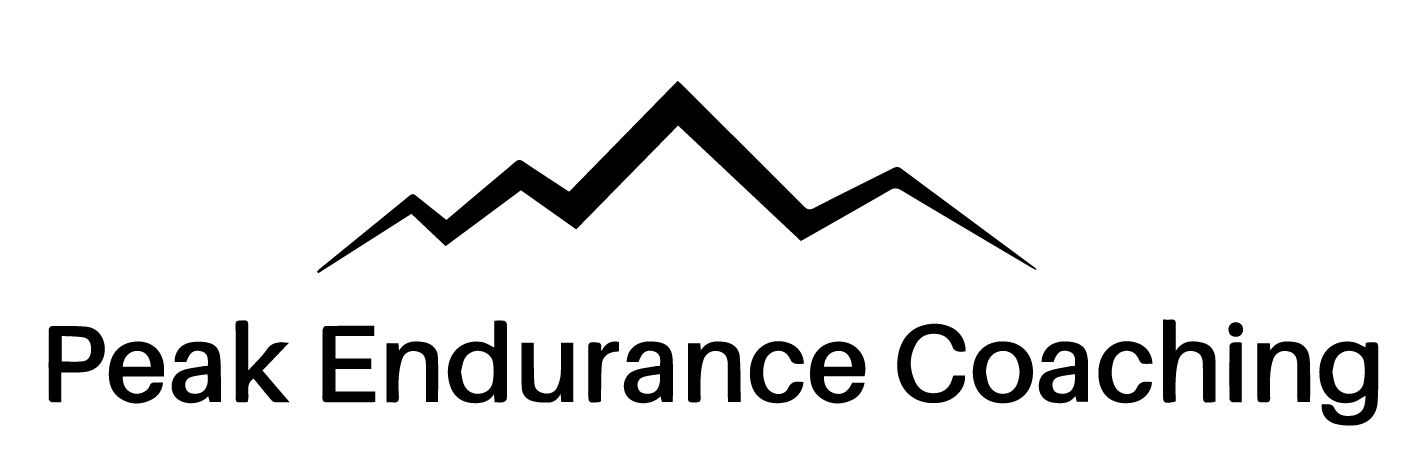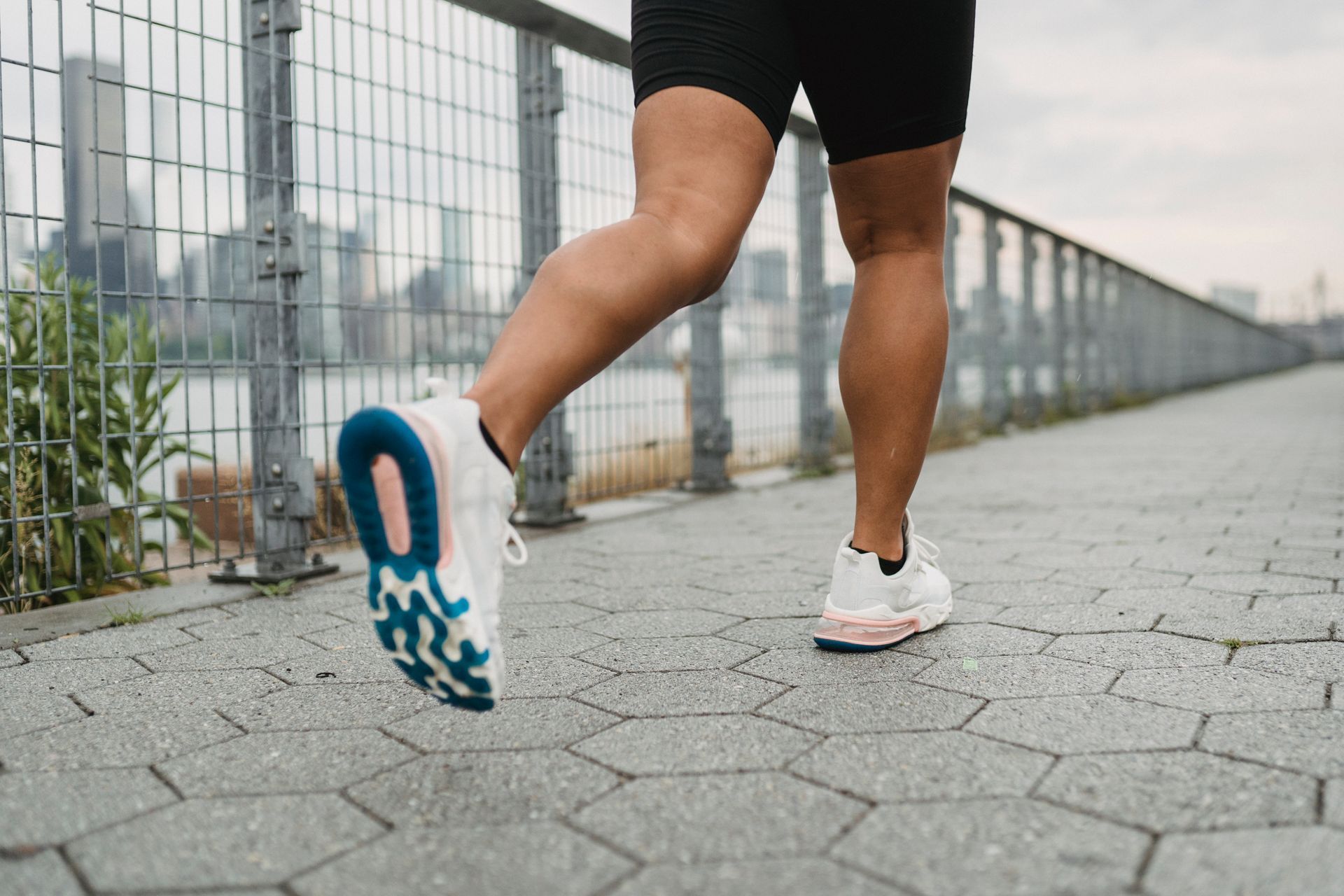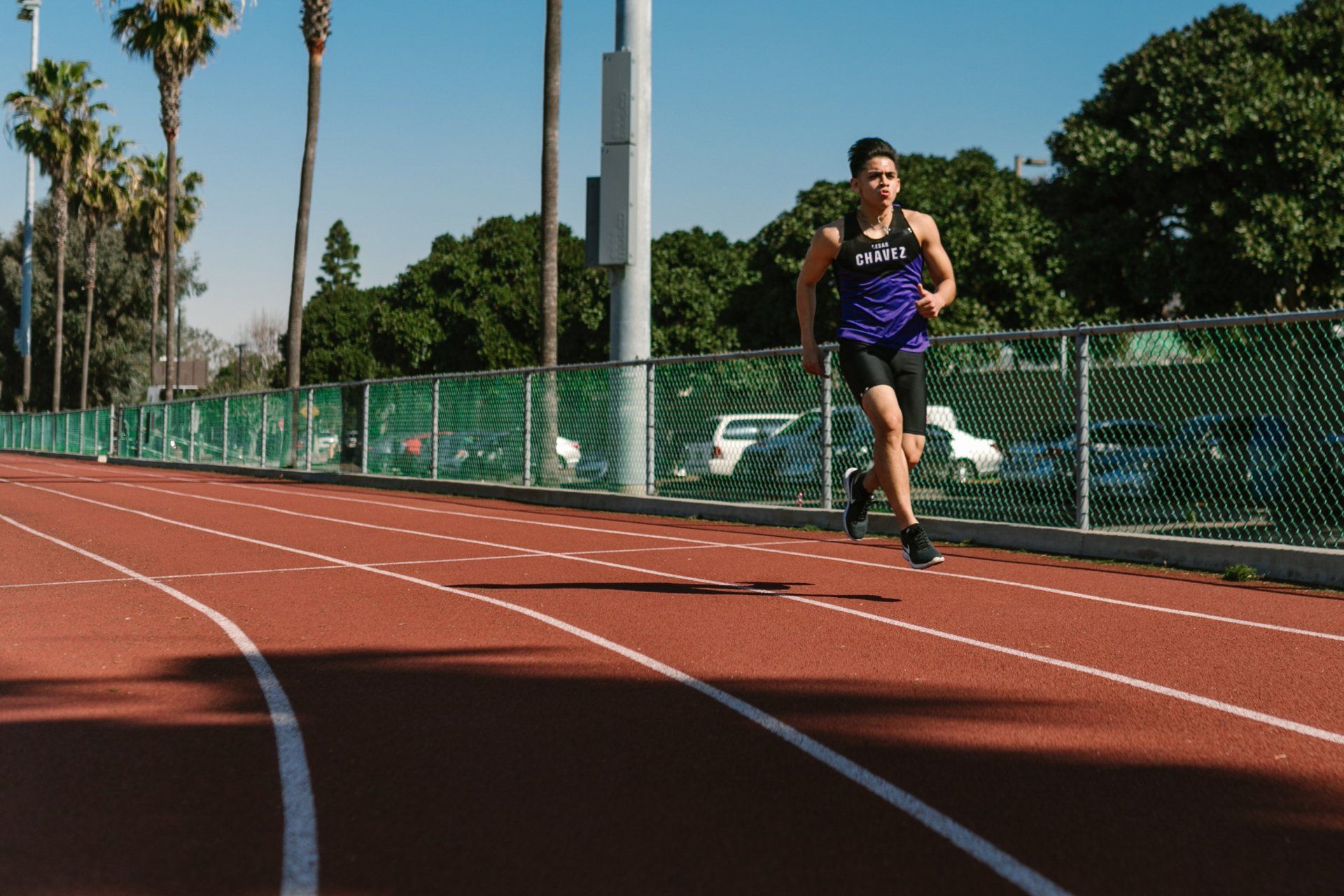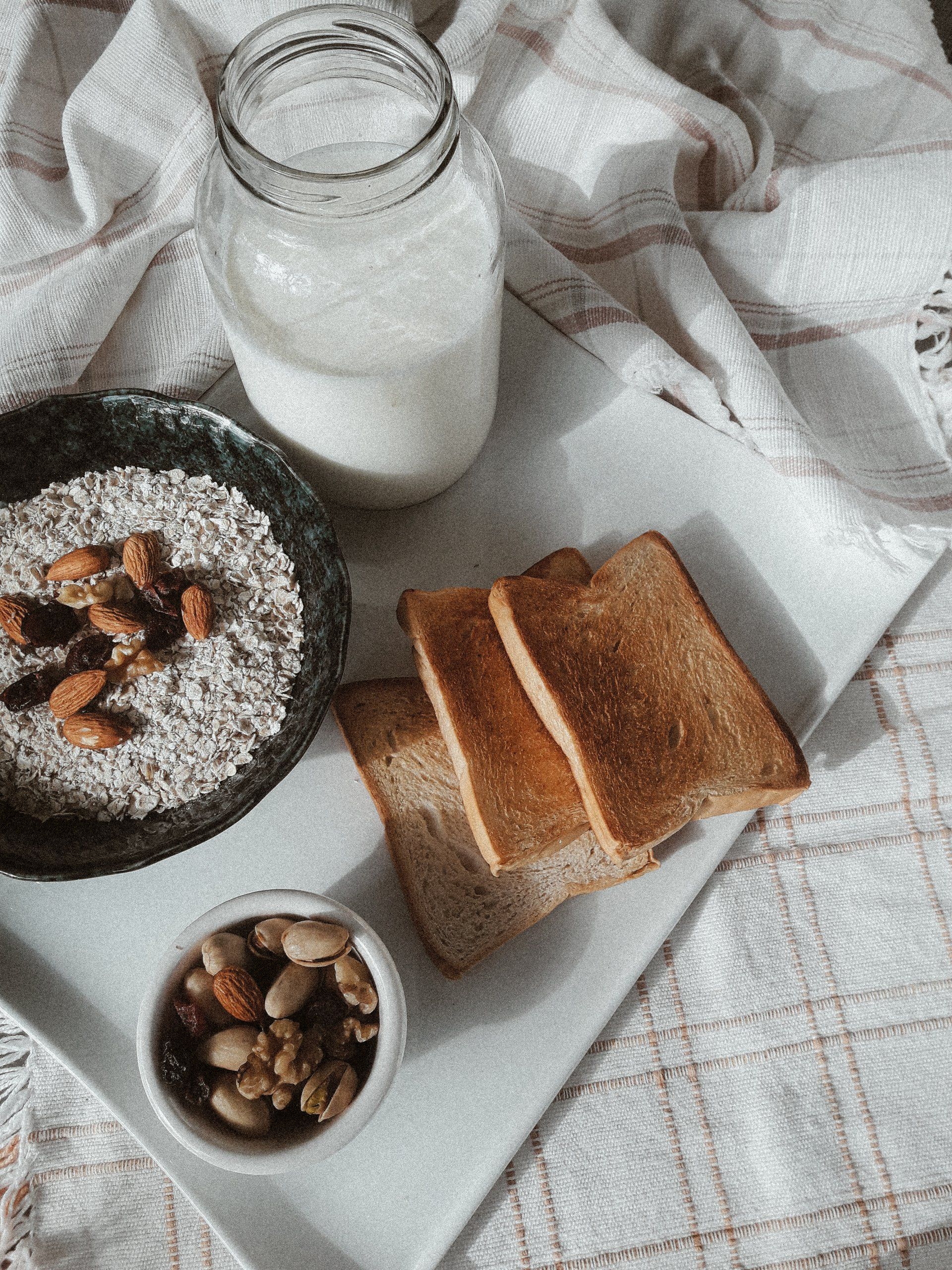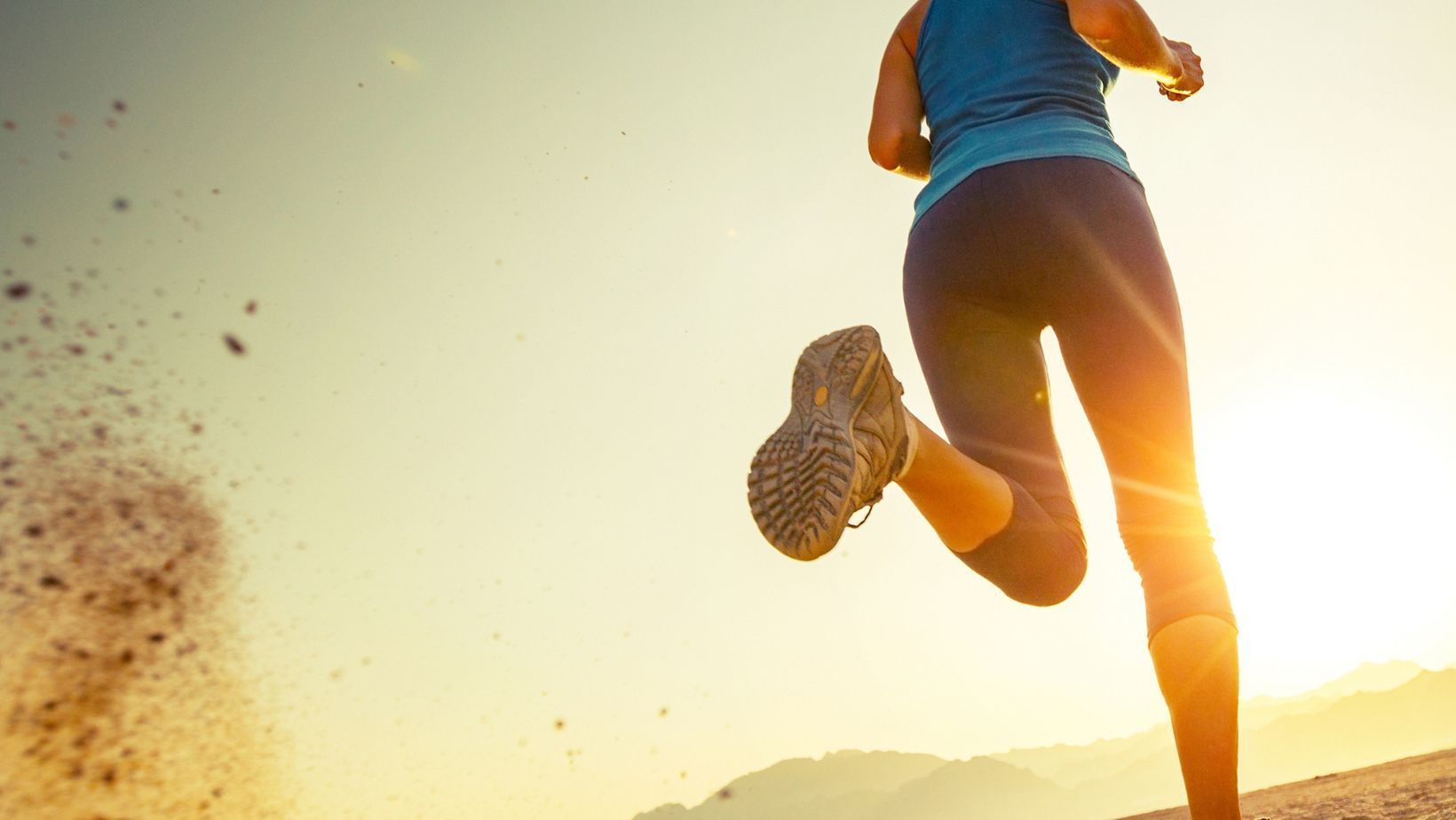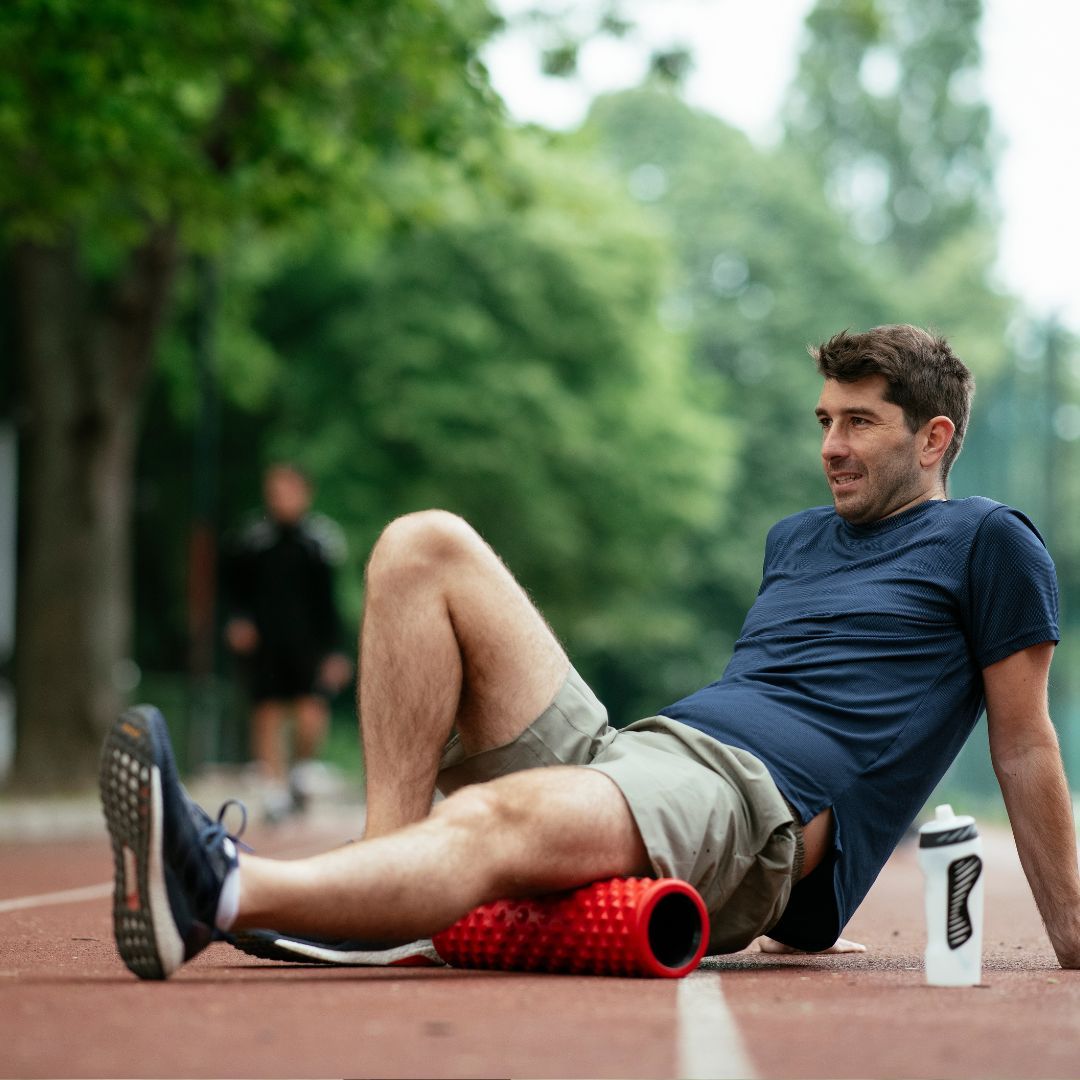Ice baths: Yay or Nay?
Cold Exposure Therapy (CET) - should you take the Plunge?

If you're looking for a new way to improve your health, wellness and running, you may have heard about cold exposure therapy. This practice involves exposing your body to cold temperatures in various ways, such as taking cold showers or ice baths.
But is it right for athletes? In this article, I'll explore what CET is, its supposed benefits, and the negatives you should consider before trying it out.
What Is CET?
CET, as mentioned, is the practice of exposing your body to cold temperatures.
The idea behind this is to stimulate your body's natural responses to the cold, which can boost your immune system, reduce inflammation, and improve circulation, among other things.
CET can take many forms, from taking a cold shower to immersing yourself in an ice bath or trying cryotherapy, which uses extremely cold air or liquid nitrogen to cool the body.
I am going to be looking specifically at ice baths.
The Touted Physical Benefits
One of the main reasons people try CET is for its purported physical benefits, which are listed below.
Boosting Immunity: When your body is exposed to cold temperatures, it triggers a response in your immune system, causing it to produce more white blood cells. This increase in white blood cells can help your body fight off infections and diseases due to the fact white blood cells are one of the main “agents” in your immune system.
Improved Circulation: Exposing your body to cold temperatures is thought to improve the circulation of blood in your body. When you're cold, your blood vessels constrict, which can help increase blood flow to your vital organs. The body does this in order to maintain core body temperature. Once you warm up, your blood vessels dilate, allowing for increased blood flow throughout your entire body.
The main benefit is meant to be reduced inflammation. It is said that CET helps to reduce inflammation in the body. Inflammation is a natural response to injury or damage to muscles after a long/intense run. Many athletes sit in ice baths for this reason alone, however you will see this is not necessarily a benefit!
Okay, now let’s look at the potential downsides of CET.
Some of the initial problems I see with ice baths are:
- If the water is too cold, you may actually increase inflammation. Instead of a nice cooling effect, you get more of a ‘freezer burn’ effect, making things worse rather than better.
- Inflammation can actually HELP with injuries/muscle damage. Inflammation plays an important role in tissue repair and regeneration. Inflammation causes blood capillaries to expand, increasing blood flow to bring immune cells such as neutrophils and monocytes, antibodies, protein and other fluids to the injury site. This causes inflammation and swelling, which protects and repairs the damaged tissues, kickstarting the healing process. This includes muscles damaged form long/intensive runs. Cold therapy shuts down this important process. Injuries can actually occur because cold therapy shortens and stiffens muscles.
- It’s uncomfortable. After the first few minutes an ice bath can begin to feel a bit more tolerable, but overall, they aren’t a nice experience.
- It’s not always easy to set up an ice bath. You require somewhere to do it such as a bathtub (which isn’t always an option), a lot of ice which either requires a lot of storage space or you have to buy it, turning this into a pretty expensive 15 minutes or so.
Main problem with CET:
As I said earlier, inflammation can be beneficial. Inflammation is a strong signal to the body that something is wrong, and not only does this damage need to be repaired, but we need to rebuild stronger so this damage doesn’t happen next time. The problem when you use ice baths to reduce inflammation is that it can also reduce this adaptive signalling, and therefore your response and adaption to training is less.
Sure, you might feel like you recover from a session faster. But the whole point of the training and recovery cycle isn’t to go training, and recover fast just so you can train again, it’s to force an adaptive response so you become a better athlete, so you perform better in competition!
